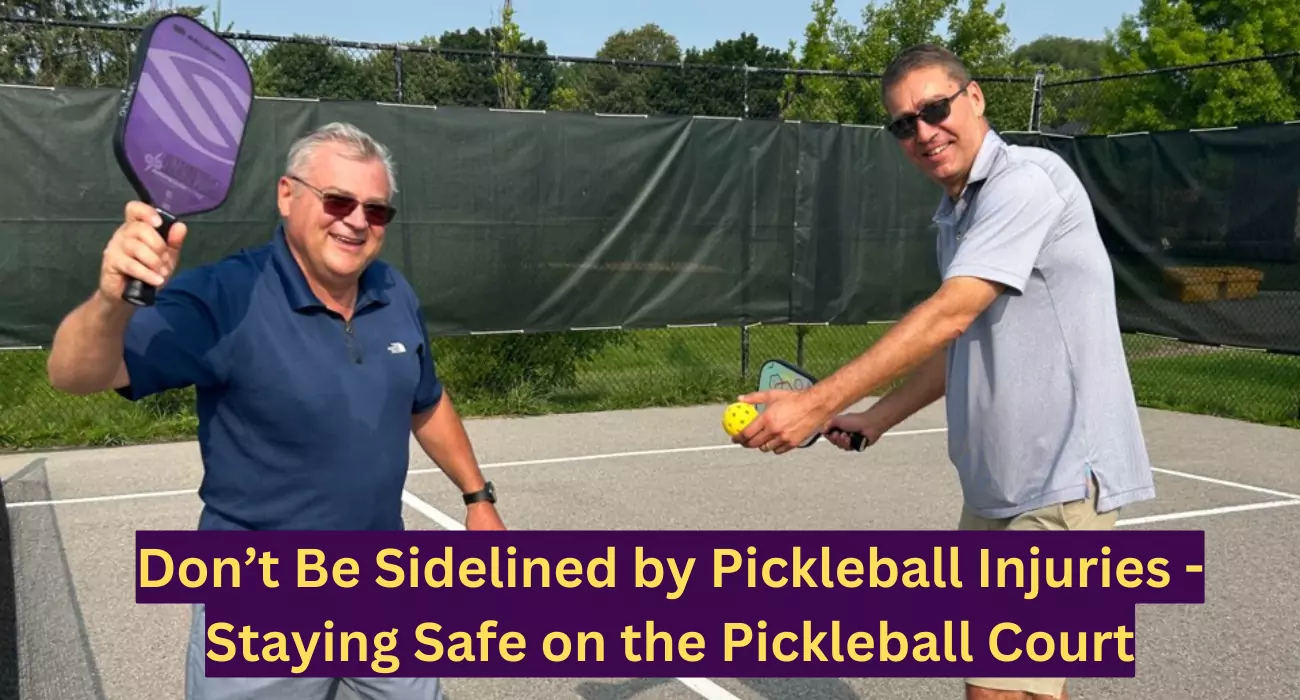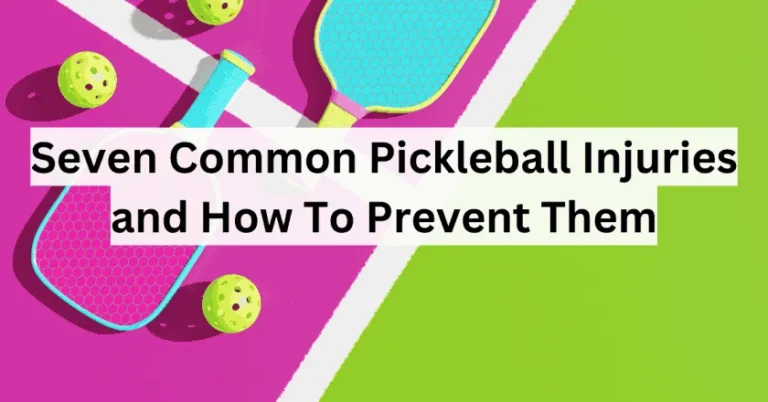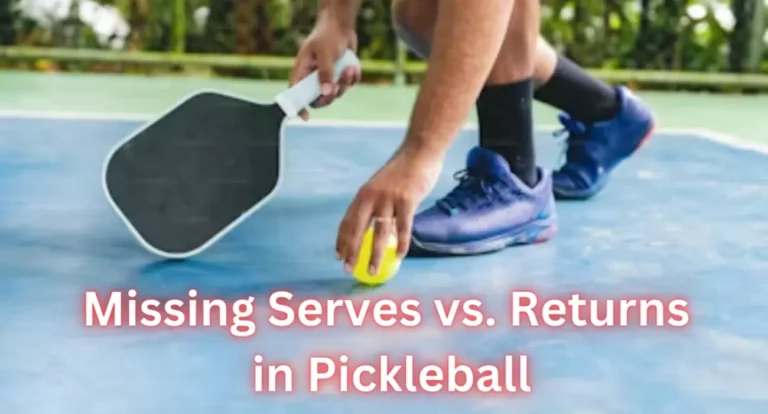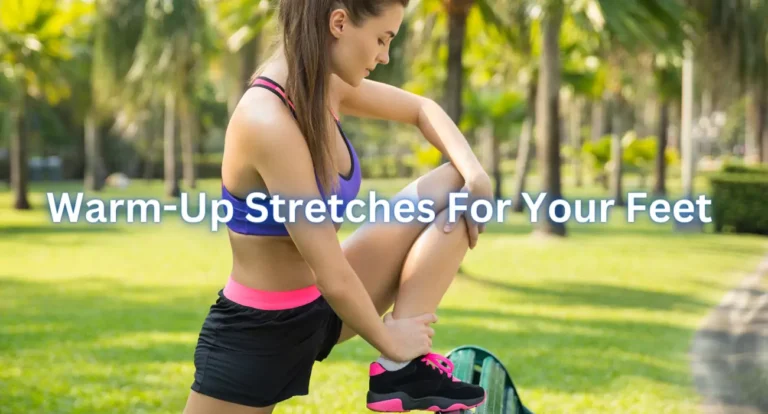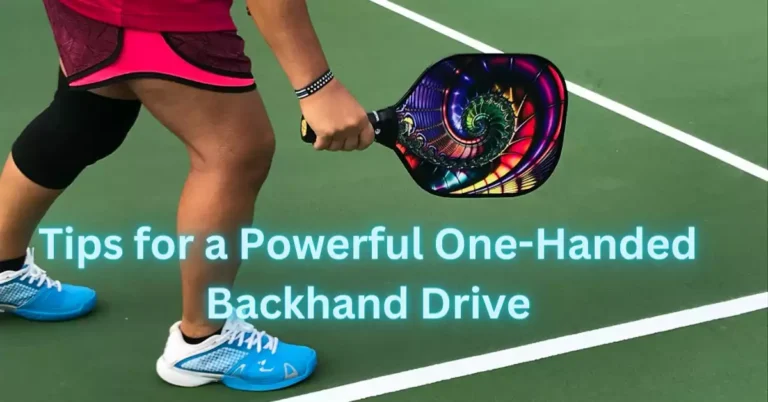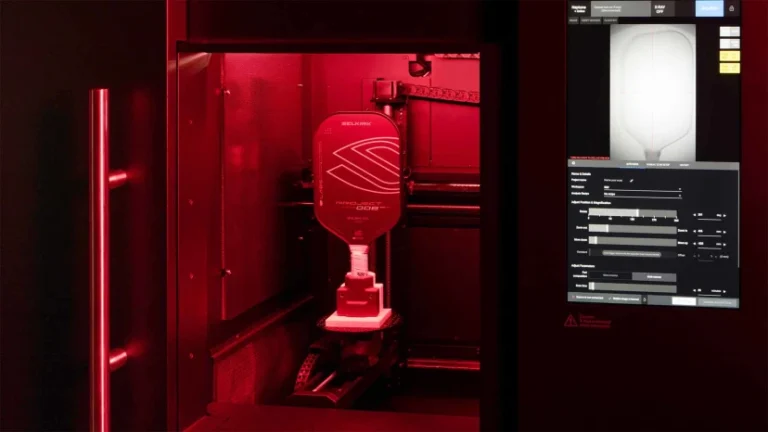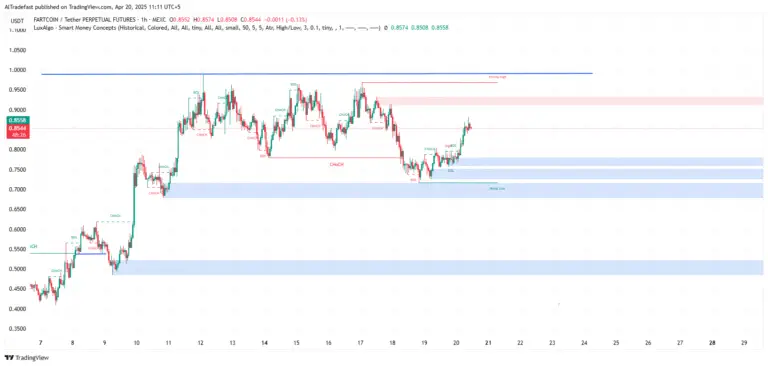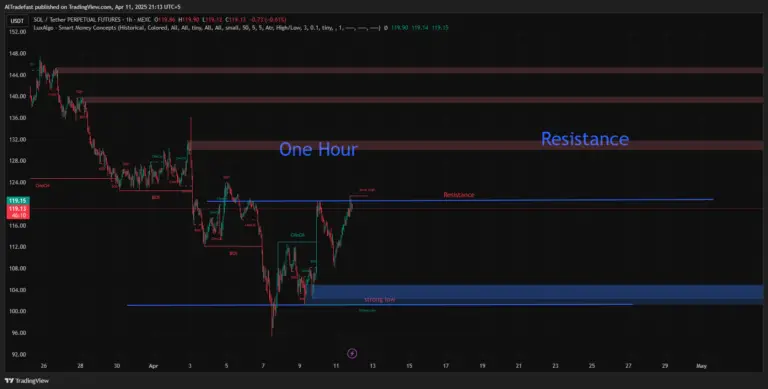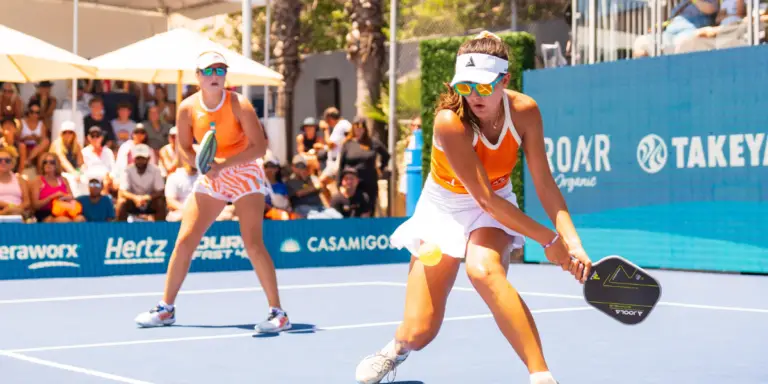Pickleball, a fun and social sport, has gained immense popularity in the United States, but with its growing popularity comes a rise in related injuries. To enjoy the game while staying safe, it’s essential to understand the risks and take necessary precautions.
Understanding Pickleball
Pickleball is a combination of badminton, tennis, table tennis, and whiffle ball, played on a badminton-sized court with a lower net. The equipment includes a lightweight paddle and a plastic ball.
Risks Associated with Pickleball
Common injuries in pickleball include:
- Ankle Sprain: Rolling, twisting, or falling can cause ankle sprains, which can be painful and debilitating.
- Hamstring Strain: Sudden stops or changes in direction can cause hamstring strains, leading to pain and limited mobility.
- Wrist or Finger Fracture: Falling onto an outstretched hand can cause wrist or finger fractures, which can be painful and require medical attention.
- Tennis Elbow: Overuse or repetitive strain can cause tennis elbow, leading to elbow pain and stiffness.
- Eye Injuries: Being hit by the ball can cause eye injuries, including retina tearing or other eye damage, which can be serious and potentially vision-threatening.
- Knee Injuries: Sudden stops, changes in direction, or landing awkwardly can cause knee injuries, including sprains, strains, or ligament tears.
- Shoulder Injuries: Overuse, poor serving or hitting technique, or direct impact from the ball or paddle can cause shoulder injuries, including strains, sprains, or dislocations.
- Heat-Related Illnesses: Playing in extreme heat or humidity without proper hydration or breaks can lead to heat-related illnesses, including dehydration, heat exhaustion, or heat stroke.
- Concussions: Collisions with other players, the court, or equipment can cause concussions, which can be serious and require medical attention.
- Overuse Injuries: Repetitive strain or overuse can cause injuries to muscles, tendons, and joints, including stress fractures, tendonitis, or bursitis.
Playing it Safe
To avoid injuries, follow these precautions:
- Stretch before and after every game:
- Stretching helps increase flexibility and reduces muscle tension, making muscles less prone to injury.
- Focus on stretching calves, ankles, hamstrings, quadriceps, shoulders, chest, back, and hips.
- Hold each stretch for 15-30 seconds and repeat 2-3 times.
- Wear proper court shoes:
- Pickleball sports shoes have non-marking soles, good arch support, and cushioning, providing stability and traction.
- They help prevent slipping, sliding, and rolling ankles, reducing the risk of ankle sprains and other injuries.
- Wear protective sports glasses or goggles:
- Shatterproof polycarbonate lenses can withstand impact from the ball or paddle.
- UV protection (for outdoor play) helps prevent eye damage from the sun’s UV rays.
- Goggles or glasses with good optical clarity help you track the ball and react quickly.
- Consider taking lessons:
- Taking lessons from a qualified instructor is an excellent way to learn how to play Pickleball safely and effectively. A good instructor teaches proper form, paddle handling, and foot stability, helping you develop good habits and reduce the risk of injury. With lessons, you’ll learn how to move efficiently, use your paddle correctly, and position yourself on the court. This will not only improve your game but also help you stay safe while playing.
